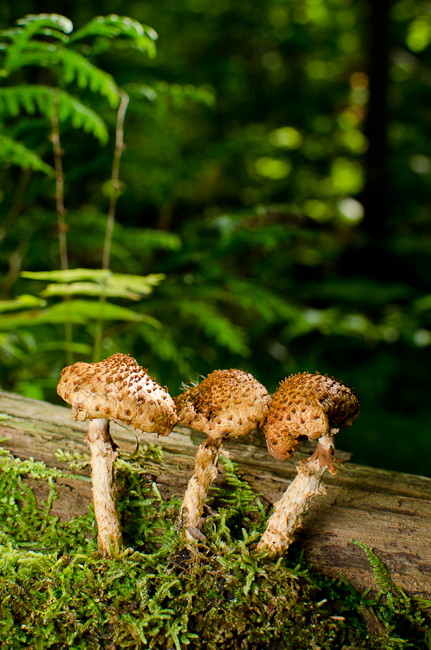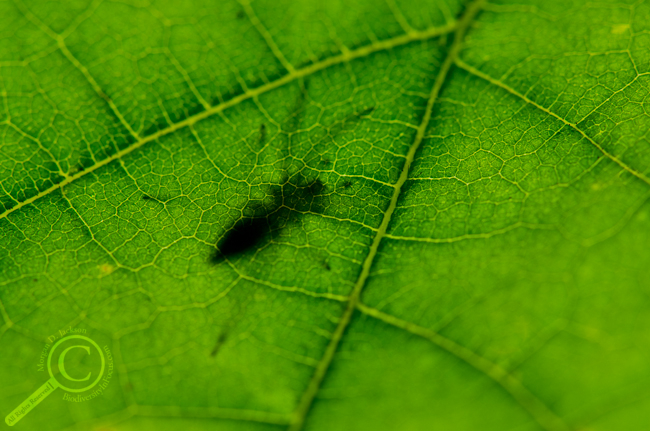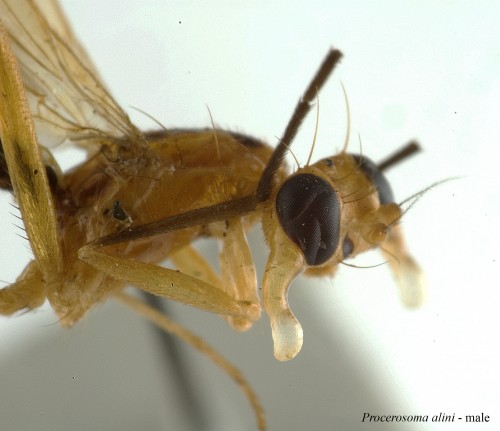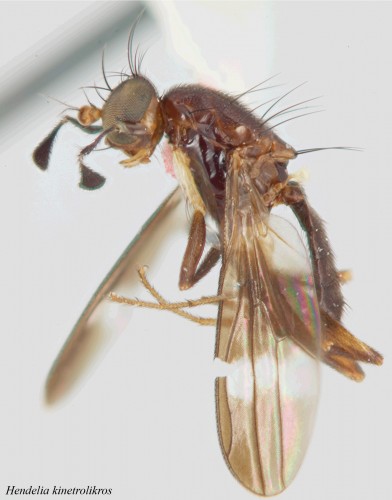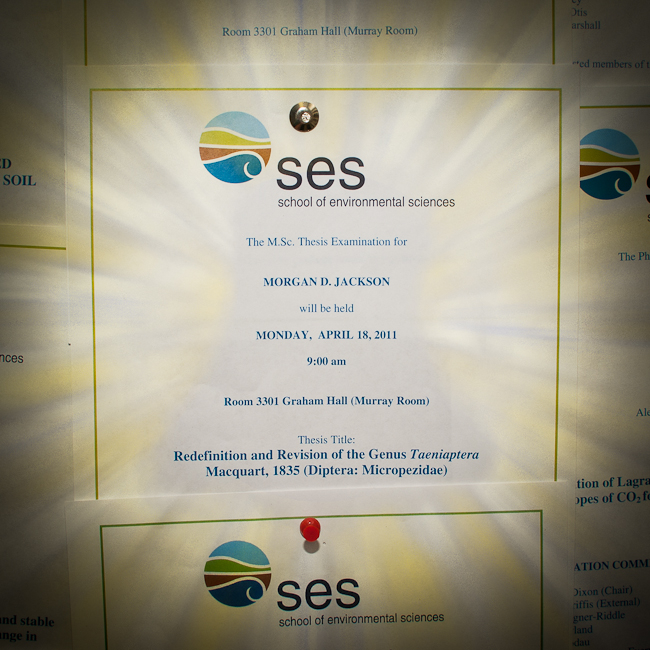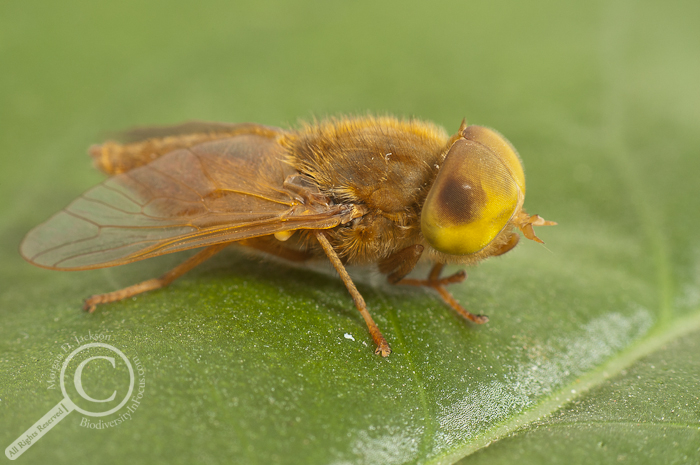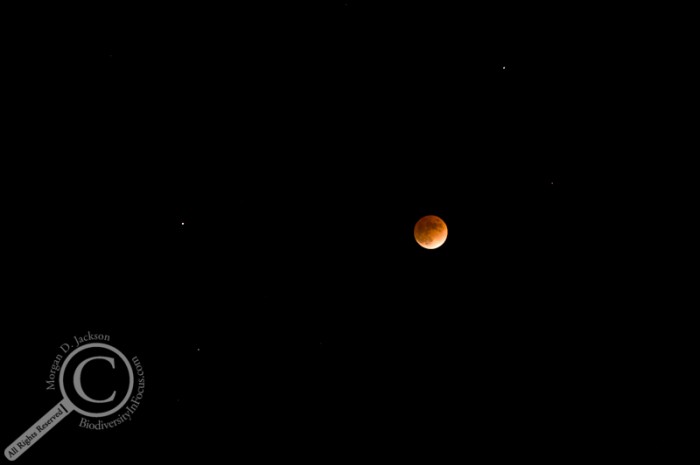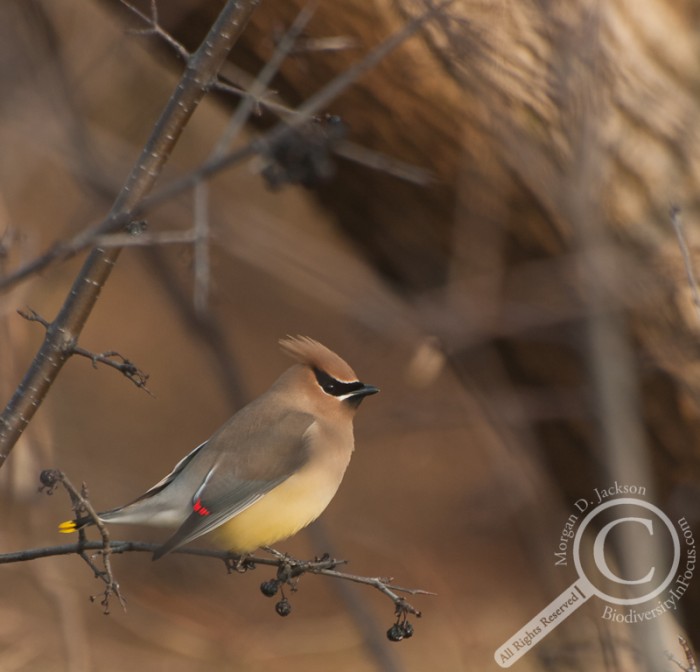To: The Right Honourable Justin Trudeau, P.C., M.P., Prime Minister of Canada, Ottawa
Last night we watched as our neighbour and closest ally elected someone who everyone predicted was unelectable. Someone who centred their campaign on lies, bigotry, and fear; of others, of science, of reality. We watched as state after state after state endorsed these messages with their votes, and we wondered together how this could happen, and what do we do next?
What we do next is largely up to you. It’s the job you applied for, the job we elected you for, the job we need you for. Don’t worry, we as a nation of diverse and proud people will be here to provide guidance, and support, as you navigate the intricacies of a world waking up to an outcome that seemed beyond odds only hours before. But we need you to lead.
We need you to lead. We need you to lead here at home, to help us stamp out racism, bigotry, and xenophobia, to not allow these tones to resonate and spread like a mould beneath the surface of our society. We need you to lead for the downtrodden and disadvantaged, the refugees and the first nations, those struggling to survive on thinning dollars and those inspired to study despite growing tuitions. We need you to lead away from home; to advocate for an environment in jeopardy, for decisions based on evidence, not evangelism, and for peace in a world divided. We need you to lead our country, and in turn, make our country a leader.
Now is our chance to lead, together. We can shoulder burdens we’ve allowed others to carry on our behalf. We can lead the shift towards clean energy, towards humanitarian aid and equality, and towards a future we will all be proud to call home. Together, we can overcome the obstacles facing our society. Together, we can set the example of prosperity, equality, and responsibility. Together, we can lead. Together.
Together we’ll face opposition: from people who value individual wealth before global health; from people who fear change more than consequences; from people who have lost hope in a system that has let them down time and time again. But together we can embrace these people, and lead them through a world that is evolving, reminding them that we are all just people. Together.
So, invest in science, but also in art. Bring health care to those who need it, education to those who want it, and security to those who rely on it. Inspire those who can afford to give to do so, and support those who can’t, yet aspire to. Reach out beyond our borders, and don’t bend to belligerence. It won’t be easy of course; leading never is. But we can do it.
Together.


